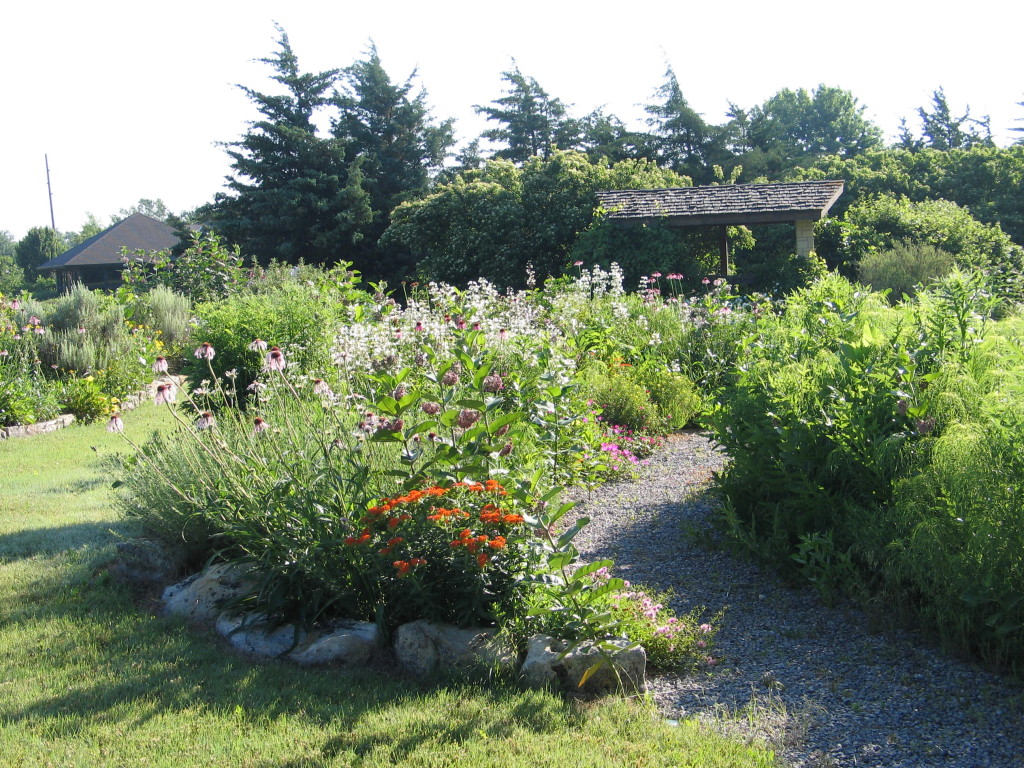
The Great Plains
The Great Plains is a major ecological region found in the central part of the continent of North America, occupying nearly 1.4 million square miles. The area extends from the Canadian provinces of Alberta, Saskatchewan and Manitoba south into northeastern Mexico and from western Indiana to the foothills of the Rocky Mountains. Approximately 34 million people live in the Great Plains, including 32 million in the U.S. portion of the region.
Across the Great Plains, rainfall decreases from east to west – defining different of types of native prairies. While there are grassland and forest combinations along the eastern edges of the Great Plains, few native trees occur across other areas of the region.
Tallgrass prairie
Before settlement, the tallgrass prairie occupied a north-south strip which encompassed the eastern third of Kansas. The tallgrass prairie exists today since much the land is not tillable due to terrain (slope, rock layers, soil depth, etc.). The grasses can grow in excess of six feet tall during moist years if they reside in deep soils. The annual precipitation in this region exceeds 30 inches. The original tallgrass prairie spanned almost 250 million acres. Today, about four percent remains with the largest areas being the Flint Hills of Kansas and the Osage Hills of Oklahoma. Examples of grasses found in tallgrass prairies include big bluestem, indiangrass, switchgrass, and eastern gamagrass.
Mixed-grass prairie
The mixed-grass or midgrass prairie runs through the middle portion of the state. The grasses here often grow to be two to three feet tall. Typically, this region receives 15 to 25 inches of precipitation per year. The primary factors which create mixed-grass prairie in Kansas are precipitation and soil depth. Examples of grasses found in mixed-grass prairies include little bluestem, western wheatgrass and sideoats grama grass.
Shortgrass prairie
The shortgrass prairie lies mainly in the western portion of the middle of the United States, east of the Rocky Mountains. The grasses here are usually less than two feet tall. The westernmost areas receive, at maximum, 15 inches of precipitation per year. Examples of grasses found in shortgrass prairies include blue grama grass and buffalograss.
